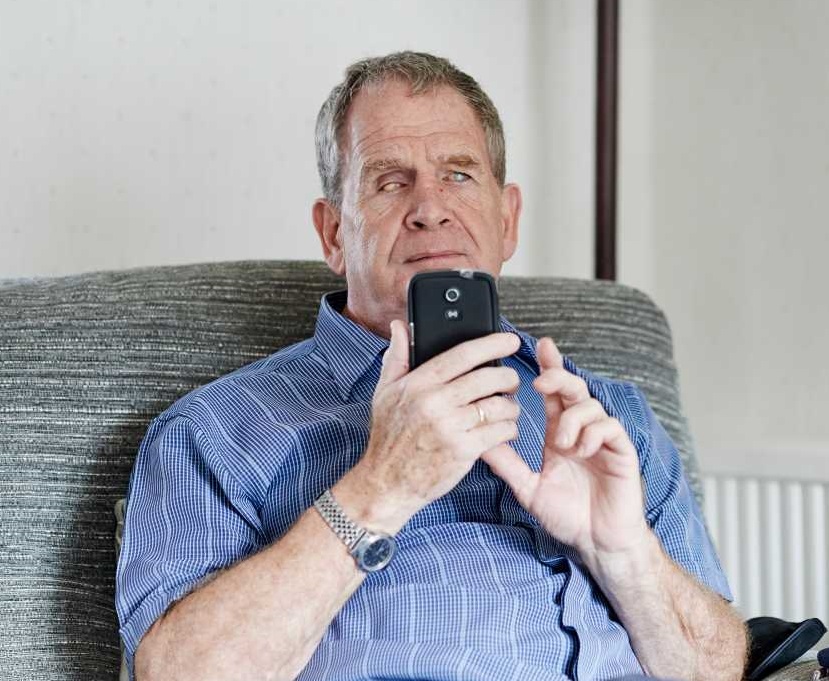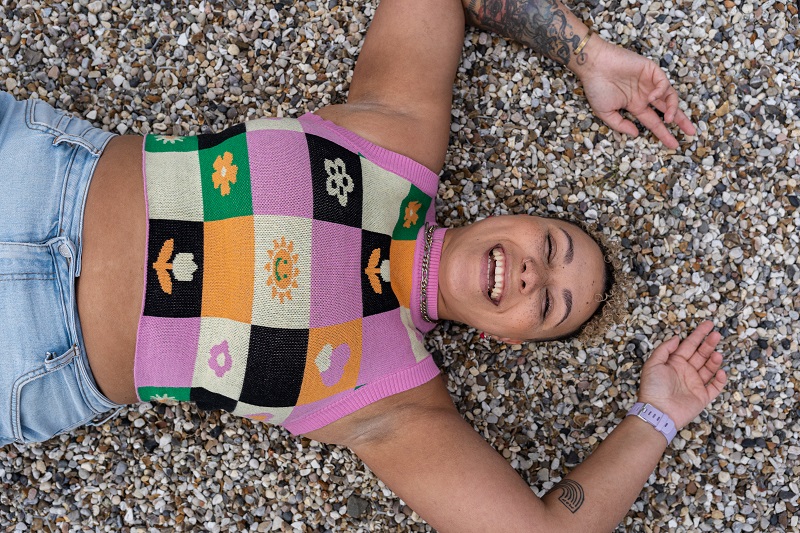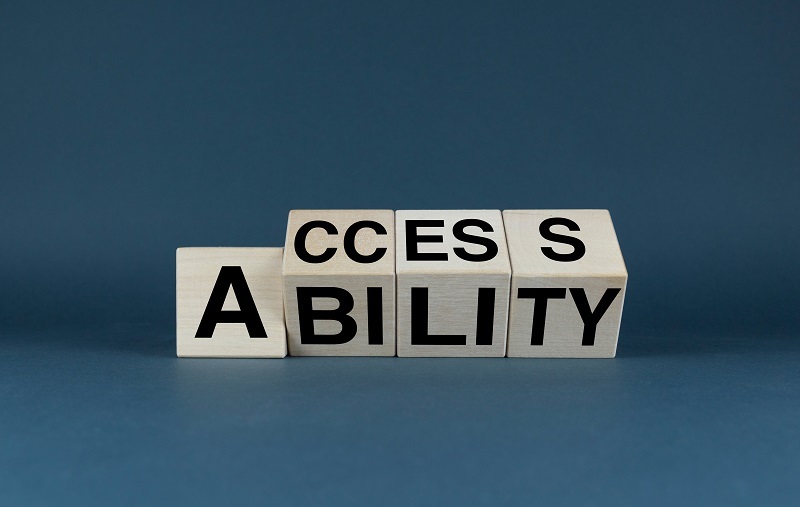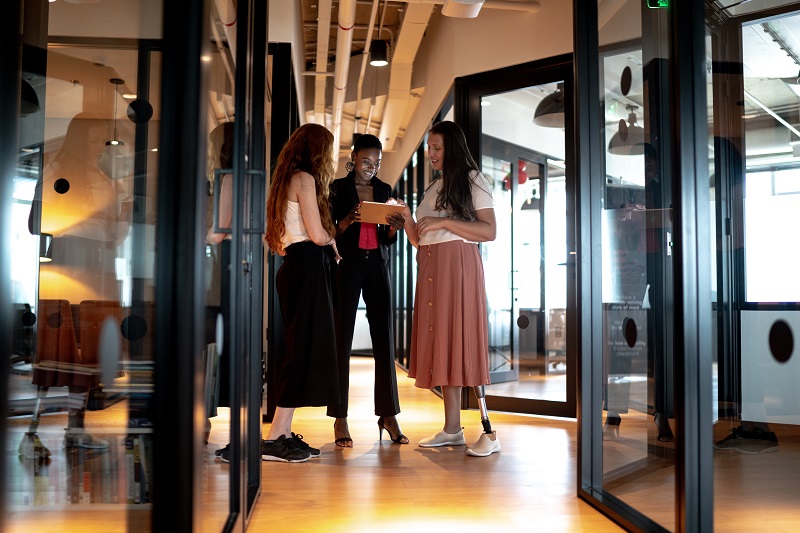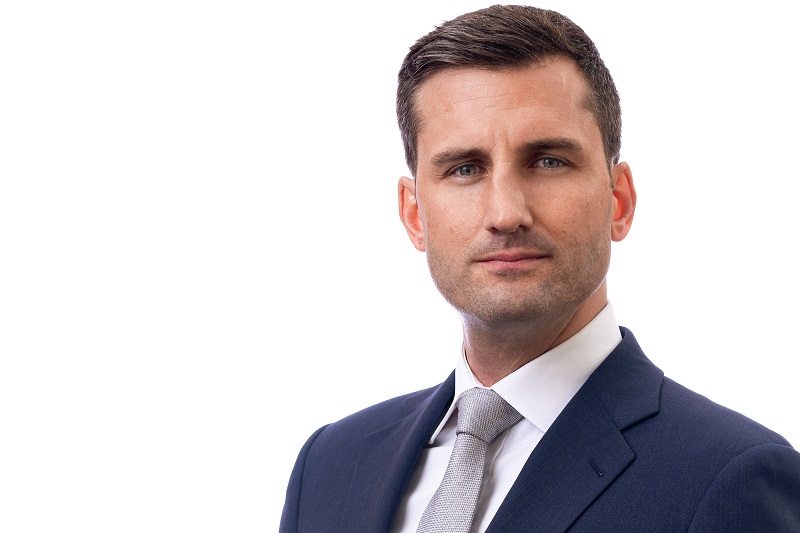Over a quarter of disabled people are unable to use smartphone and tablet apps (applications), says new research by the RiDC (Research Institute for Disabled Consumers).
Out of the 633 responses from disabled people with various conditions, while most (83%) used a smartphone and have downloaded an app (90%), one in four (26%) had difficulties accessing or managing them. Of these, almost half (44%) went on to uninstall or stop using the app because of this.
The study was part of a wider research project into home energy apps, funded by the Energy Industry Voluntary Redress Scheme. It showed the main areas of app use for disabled people are communications (email, social networking), information (travel or health) and admin (utilities, banking, travel).
Gordon McCullough, CEO at RiDC, says: “In this time of the global pandemic, disabled people risk being further isolated by not being able to use apps that serve to perform necessary basic functions.
“Despite increased accessibility features on mobile devices, apps do not always integrate with these functions, so it can be a challenge to find an app that will adequately meet differing needs.”
Good business sense
He adds: “Not only is it increasingly urgent to rectify but it also makes good business sense. There are over 14 million people in the UK, and in 2017 the UK spending power of disabled people, their carers, and families was estimated at £249 billion.
“Disabled people, like all consumers, want to spend money on products that work for them – the services they need and the brands they like. Barriers preventing disabled people from being able to do this is a failure that is costing UK business £420 million a week.”
The most common accessibility issues with apps included: difficulties in downloading and setting it up, poor navigation, not supporting accessibility features, crowded display, filling in forms and registering and poor text size or font.
Lived experience
Dr Wesley Scott, a participant in the survey, has cerebral palsy and learning disabilities including dyslexia – therefore writing, counting and learning new concepts may prove difficult. He also experiences stress and anxiety. Being home a lot and having to use more energy, he needs to keep track of how much it costs him to heat his flat. A confident smartphone user, his choice of energy provider, depends a lot on the usability of their app.
He says: “I would like it if (when filling in forms) I could speak my email address into it and other details. (Filling it in manually) is tricky because sometimes my hands get spasms and I end up pressing letters or words I don’t want to.
“Additionally, too many colours make it confusing for me… and the contrast between the background and the writing isn’t very clear.”
Better accessibility
RiDC is calling on businesses to ensure that accessibility is a fundamental consideration at the start of every app design process. To involve disabled people, learn about their experiences, listen to their feedback and design accordingly.
Creating fully accessible apps means that as many people as possible can use them. Because in designing for everyone, you design for everyone.
To find out more about how RiDC helps businesses, organisations and public institutions on their accessibility journey, go to https://www.ridc.org.uk/content/research-and-consultancy


